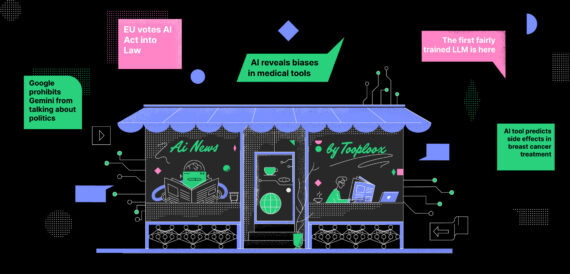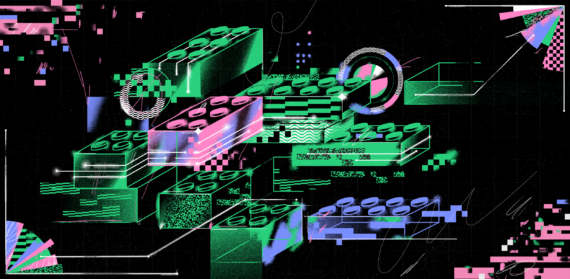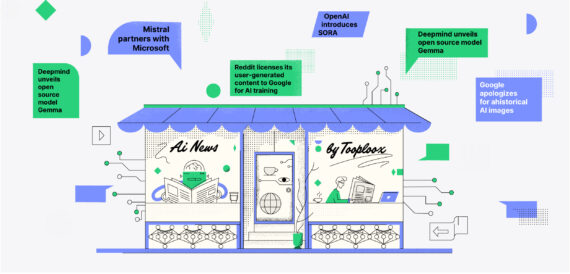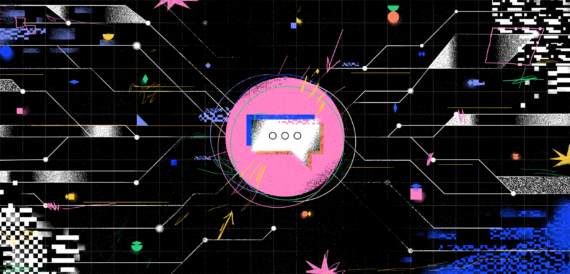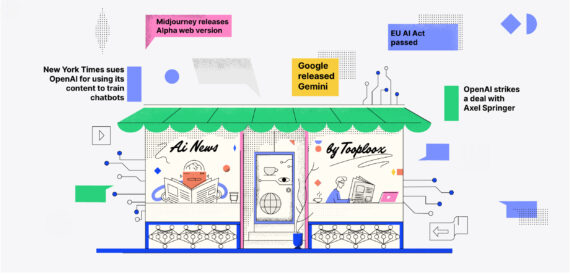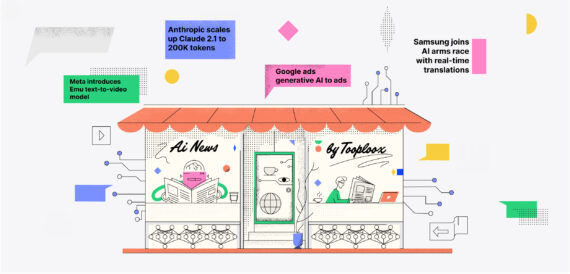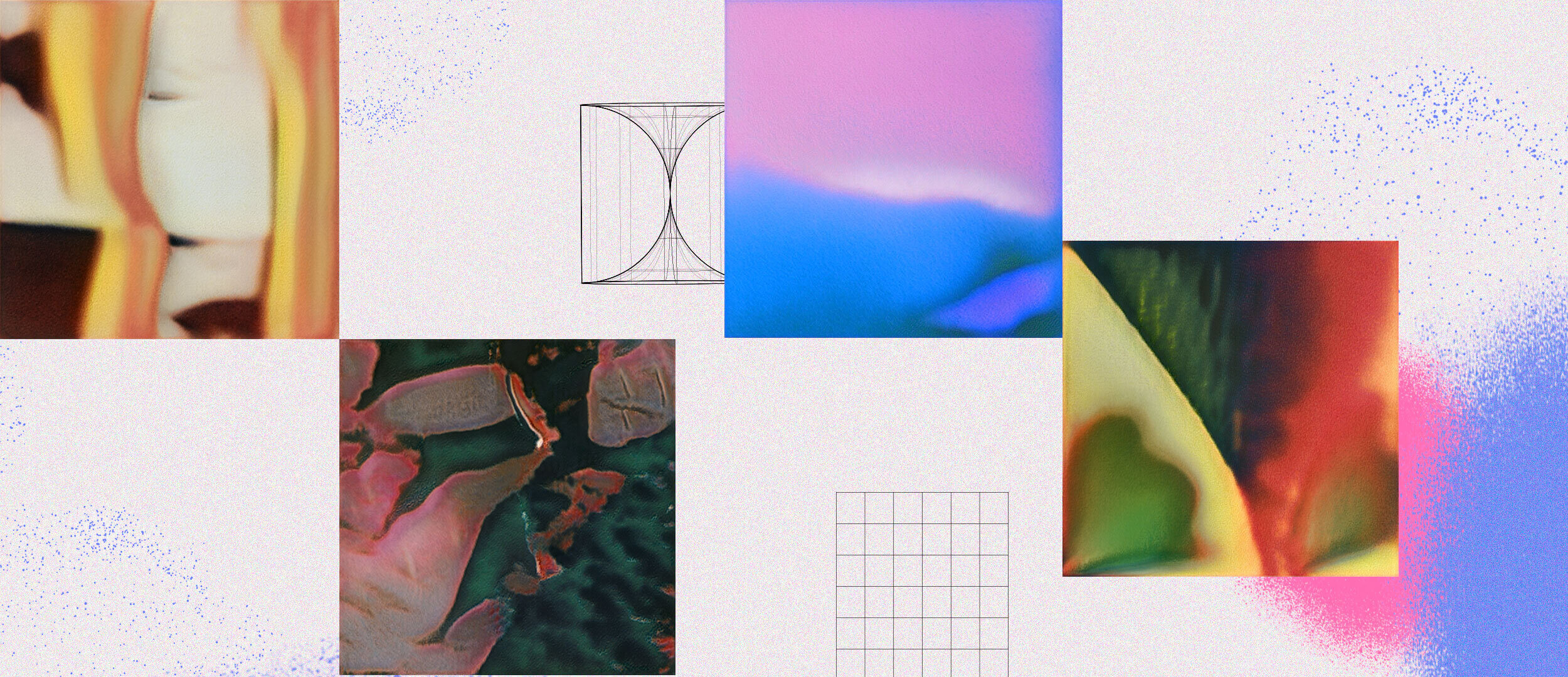
The Non-fungible Token (NFT) is one of the hottest topics of 2021, especially in the art of the digital goods industry. This year’s NFT NYC conference was the largest to date with over 5000 attendees and many interesting talks and events. To save your time, we picked five of the most important ones, so you can get updated and fresh on the top picks!
NFT NYC is currently the biggest and the most important event regarding Non-fungible Token (NFT) technology. The conference itself was far from most tech-dominated events, bringing more of the vibe of culture and arts events. As such, the event was even jokingly described as “Crypto Coachella” among its participants.
But apart from the buzz and the fancy vibe of the conference – was it really worth attending? And even more importantly – are NFTs really a game-changer?
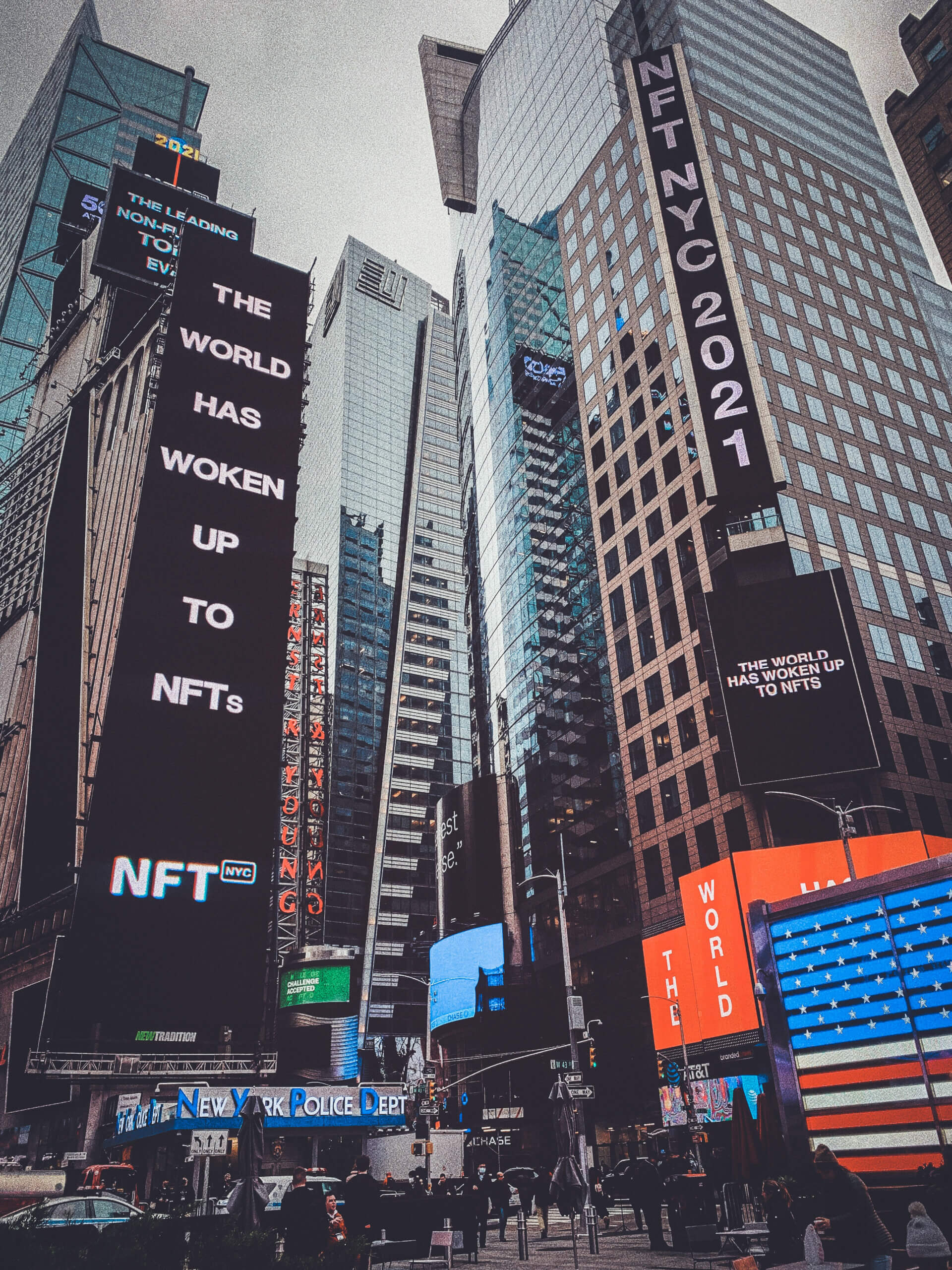
What is an NFT?
The technology of Non-fungible Tokens (NFTs) gained attention as a way to prove the authenticity and uniqueness of a digital good which one could own. An NFT leverages blockchain to store secure information about ownership.
The most popular application of blockchain technology is in cryptocurrencies. Contrary to cryptocurrency, an NFT token is impossible to exchange, which makes it different from cryptocurrencies and similar applications.
An NFT finds its primary application in proving the uniqueness and authenticity of a particular digital good, like a piece of digital art, music, an item in a computer game, or any other digital good otherwise easily replicable. Also, in certain cases, an NFT makes the content available to the owner exclusively, with little to no possibility of leaking it.
This use case is a great point to understand the hype around the NFT. Yet the NFT NYC conference shows that it is only the tip of the iceberg, with the trends enlisted below gaining the greatest traction.
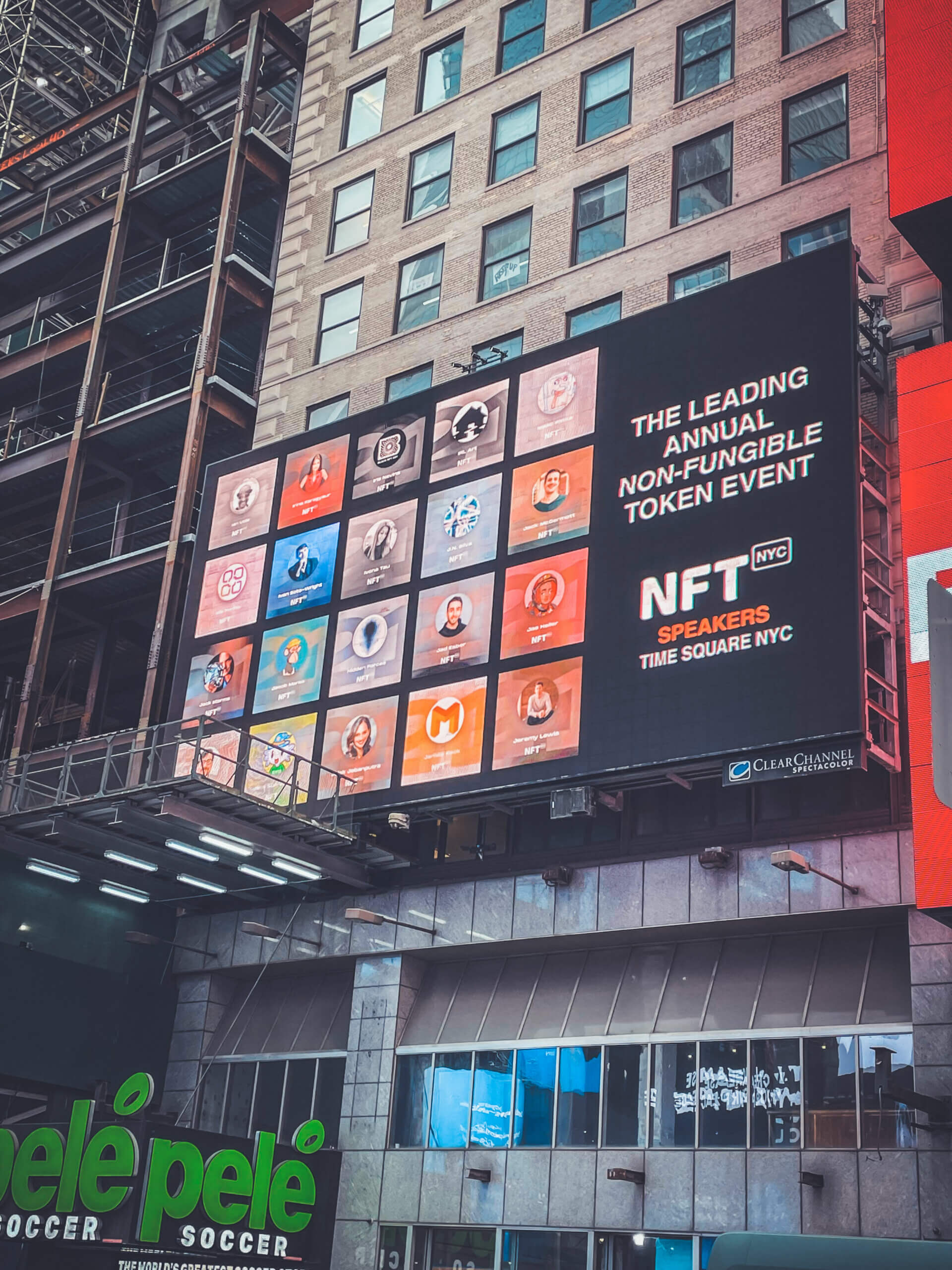
NFTs are taking over the world. The hype is real
The first question regarding NFTs is whether it is just another overhyped tech bubble or a real game-changer. This year’s conference has shown it clearly, with the major events and the buzz built all around the event apart from the contents of the event itself.
Quentin Tarantino himself decided to use an NFT to sell unused scenes from Pulp Fiction and the digitized script of the movie. Releasing them in this way makes them viewable for the owners only, allowing the owner of the nft to decide if he wants to keep it secret or release it publicly on the internet.
This makes the investment in digital art more secure and trustworthy, limiting the possibility that the owner who purchased the original piece of art ends up as an owner of one of the countless indistinguishable copies.
Artificial Intelligence and NFT apparently go well together
Blockchain and Artificial Intelligence (AI) are highly hyped technologies these days. In addition to the fact that they both come with a high potential for disruption, it is natural to look for ways to use them together.
It is fairly common to leverage coexisting technologies, with multiple examples of such cooperation ongoing – for example, the boost in digital photography seen in the rise of the internet.
Currently, the crossroads between AI and Blockchain are the domain of art rather than business – but this does not make this area any less interesting.
Alethea.Ai – Train Your Own Dracula
An interesting project arrives by the name of Alethea.ai, where an AI conversation agent is trained from conversations conducted with it by the owner or a group of owners. The aim of the project is to construct an AI with personality and traits as shaped by the people with who it converses.
Thus, if anyone wishes to have his or her own Dracula who enjoys quoting Shakespeare on every occasion, the simplest way to achieve it is to train it with these manners of speech. Access to the chatbot behind the avatar is secured by an NFT. The core of the project is the ability to shape an artificial being. Also, it can be passed further along, so someone else can influence the development of the artificial personality.
And why Dracula? The owner gets a set of avatars they can use and a vampire is only one of them!
AI Art And NFT Getting Popular
In the world of hermetic AI technology and even more hermetic NFTs, the existence of platforms that allow access to AI art and blockchain-based NFT technology is a surprise. Actually, there are at least two interesting examples that make access to AI art and NFTs more democratic, requiring a minimum of technical knowledge to make it available to people outside of the crypto-world.
Playform – this platform delivers a set of ready-made AI tools to enhance images and later sell them using NFTs
RunwayML – this platform allows you to train your own machine learning models on your own data with easy to use interface and no coding skills required
These are only two examples with new solutions emerging regularly.
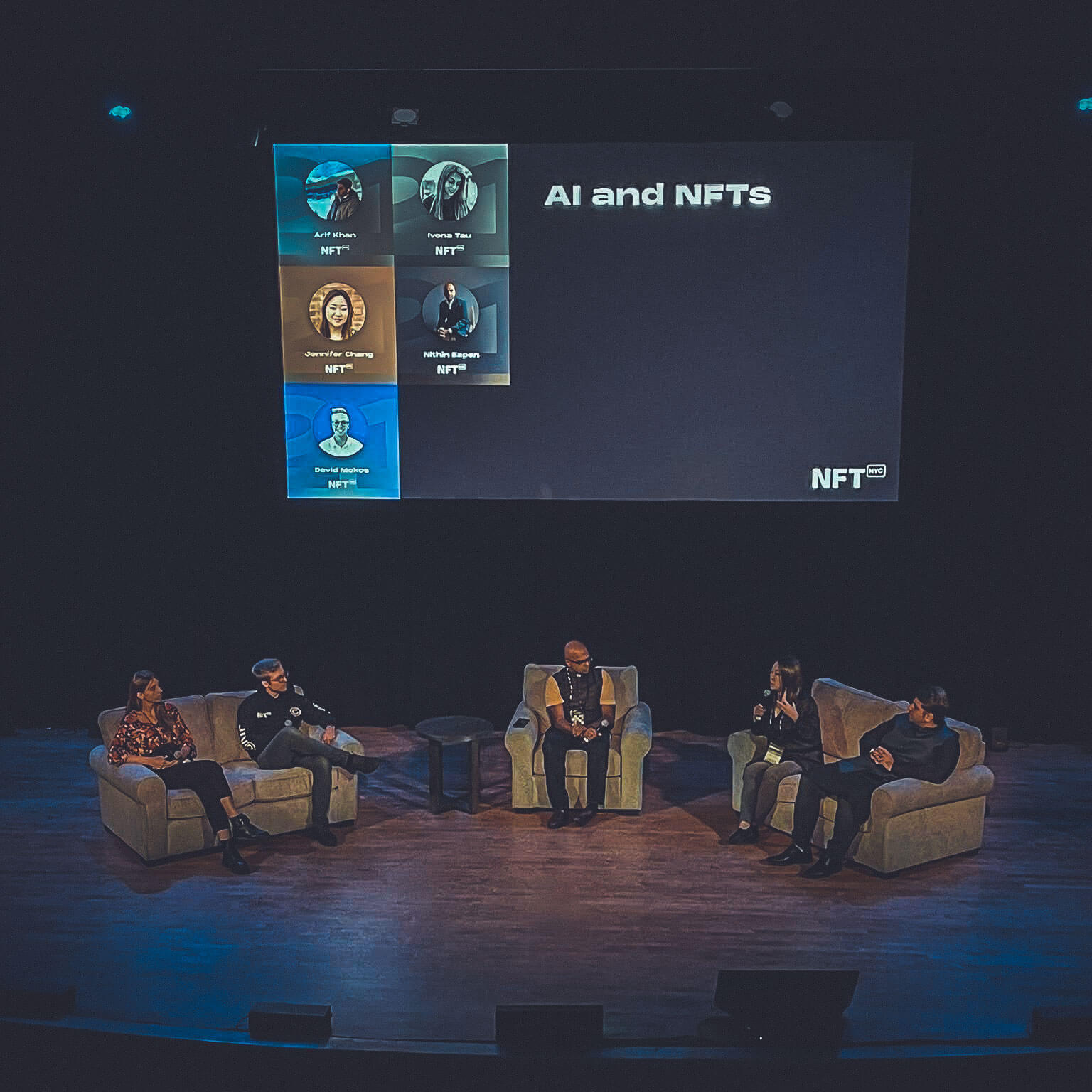
The NFT is a gateway for digital art and new mediums into the world of traditional art and recognition
Traditional art can be considered a highly conservative industry, with an established and venerated ecosystem of prestigious galleries and curators. But the NFT is on its way to disrupting this seemingly tech-resistant niche.
Apparently, NFTs are reaching this niche with recognizable success. Christie’s auction house, one of the oldest institutions in the world of modern art, founded in the 18th century, sponsored the NFT NYC conference followed by a VIP cocktail party for speakers.
There was also a viewing of Beeple’s NFT works which were later auctioned off for $29 mln.
Interestingly enough, the NFT is a purely digital entity while traditional art is usually about a physical item, be that a painting, a sculpture, or anything else. When it comes to an NFT, the core element is purely digital, or at least it is in all major cases.
The security and unbreakability of blockchain technology make it perfect to store the history of a piece of art. In a world where the authenticity of a particular piece is vital for the art market, the well-documented history of the owners and value can be a game-changer, especially considering the challenges regarding counterfeits, stolen art, the black market, and lost pieces emerging from time to time.
With an NFT, the full history of a piece is kept securely, without the ability to be either broken or changed. Thus, this technology can be a game-changer when it comes to maintaining documentation for art pieces and delivering vital advantages for the art world as a whole.
There are multiple applications for NFT
Actually, NFTs come with multiple, sometimes surprising applications that can influence our daily lives in the near future. It comes as a major improvement for ticketing.
An NFT holds unbreakable information that is accessible for the owner alone. Thus the token can be used as a gateway or as a key to an online event. Many satellite event during the conference was available with NFT access.
With the unbreakability of NFTs, online authentication can be done in a much more secure and easier way than it is done today. Similar technology can be used to access bank accounts or healthcare services online.
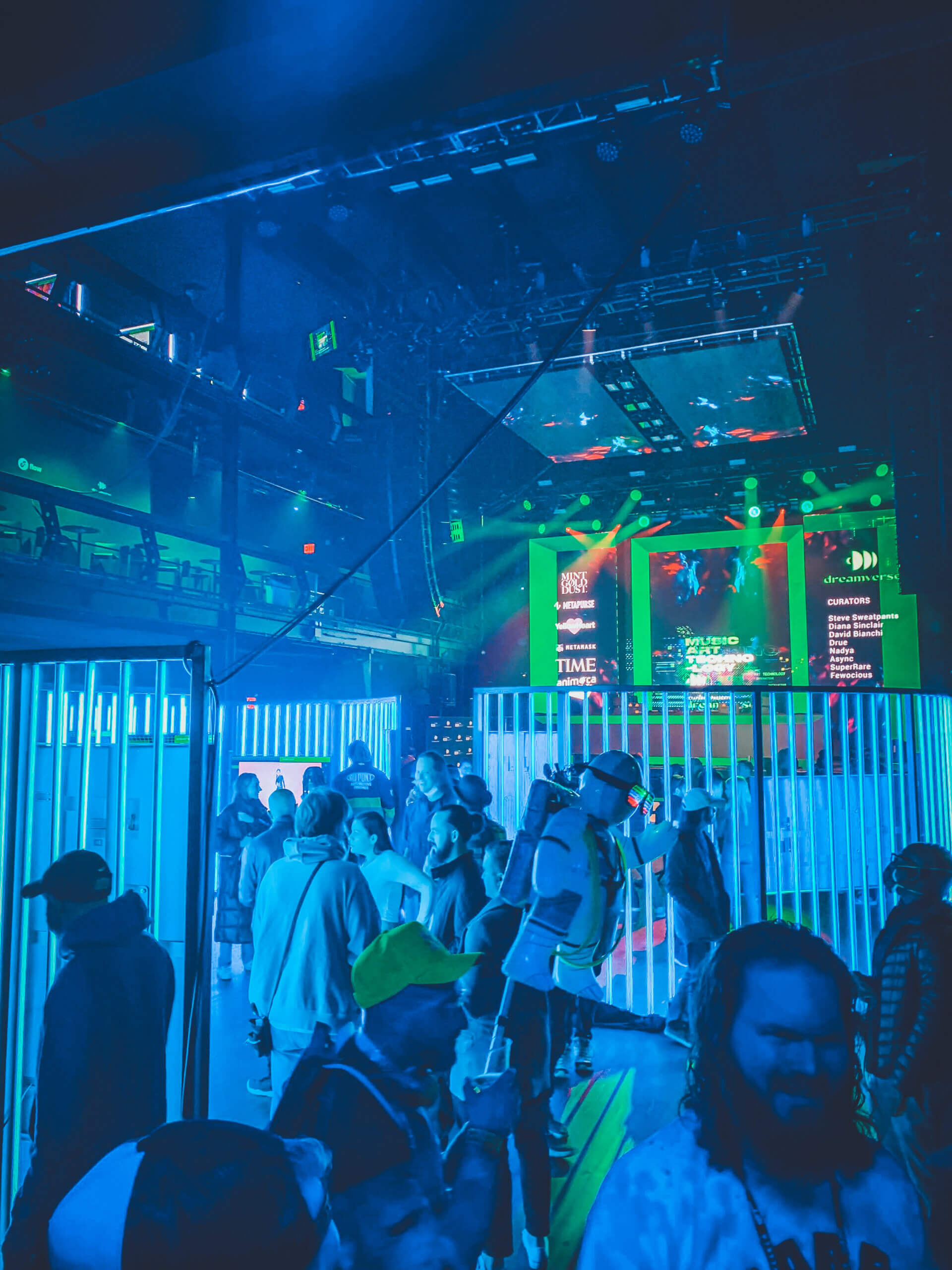
Intellectual Property Rights
An NFT can also be used in managing intellectual property and royalties. Such an NFT can be shared in multiple ways – either between the owners or the authors. Information regarding rights and shares is stored in the token, and thus every time a particular piece is sold, the authors get their royalties.
This comes as a great improvement for bands and collaborating artists. For example, if one used the music of his peer in a movie or a clip, every time the clip is sold, the payments for the original works are distributed seamlessly.
This comes as a challenge for modern streaming platforms like Spotify or Netflix, where royalty management can be challenging, especially considering the number of artists and creators collaborating on a single piece. With NFT it is possible to fully automate both payments and shares.
Going Postal
The public sector can find more interesting applications for NFT in their daily operations. While still more of a hype and a fancy gadget than a real application, the post office in Austria has delivered an NFT postal stamp. The stamp itself contains a Near Field Communication (NFC) tag with an NFT in it that holds information about the owner.
It is a collectible stamp more than a utility item, yet it is fully functional and impossible to counterfeit. It also shows how the public and non-public services can be boosted by NFTs – one can easily imagine using an NFT to pay for utilities.
Crypto is the new cool?
Last but not least – it is tempting to think about blockchain technology as a bubble. While it is hard to predict whether something really is or is not a bubble, there are hints that this tech will bring yet more disruption in the near future.
- NFTs can be used to access services and content. Also – to gate content. Thus, the NFT brings new ways to monetize online content like news, music and movies.
- NFTs come as a way to tackle digital copyright infringements as it keeps clear information about the creator, the owner and the licence. Thus, it is much harder to steal one’s works, share them without permission or deliver seamless copies.
- NFTs can be used to deliver and prove the authenticity of a digital twin – this technology can be used to deliver content for an augmented or virtual reality. With the metaverse project ongoing, one will be able to buy shoes with their online version attached. This can be applied to virtually any sold good – from home appliances and furniture to tech gadgets, to anything imaginable.
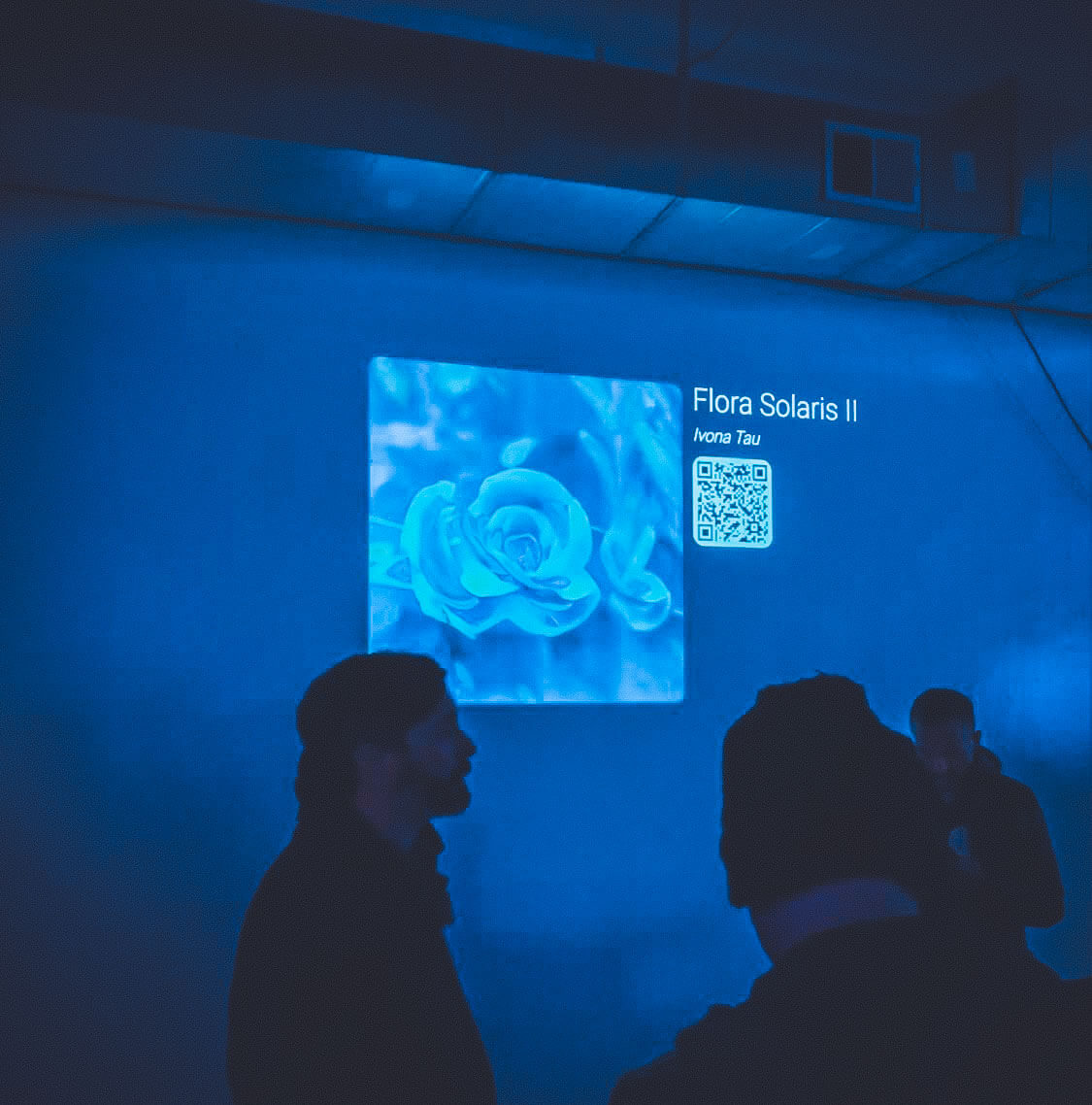
Summary
This year’s edition of the NFT conference brought multiple inspiring thoughts. The most interesting one is that the technology has found an interesting way to go mainstream – by bridging the gap between one of the most conservative industries of art dealers and the most innovative one – the blockchain.
It is a highly surprising pair that was connected by the most effective method of coexistence – mutual benefits.
